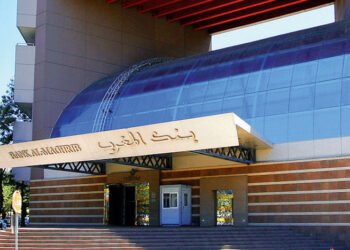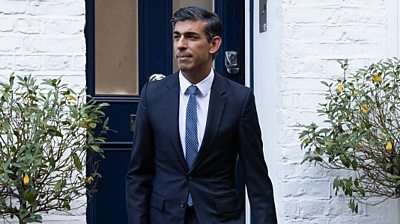Ghana’s Gross International Reserves have gone up by 6.6% year-on-year in October 2020 after recording consecutive declines in the past five months since May.
Gross International Reserves at the end of October 2020 was US$8,627.4 million compared to US$8,093.7 million in the corresponding month of 2019. This suggests that the country’s international reserves have increased by US$533.7 million within the past one year.
The Bank of Ghana reveals the current value of the country’s reserves is equivalent to 4.1 months of import cover of goods and services.
This shows that Ghana’s currency is still unstable as eight to ten months of import cover is essential for the stability of a currency. Import Cover measures the number of months of imports that can be covered with foreign exchange reserves available with the central bank of the country.
In April this year, Gross international reserves reached their highest value of US$10,286.3 million in the year which was enough to provide import cover for 4.8 months. Since then, reserves have declined consistently between May and September.
Further analyses of the data from the Bank of Ghana show that Gross international reserves have increased by US$158.2 million in October 2020 from US$8,469.2 million in September 2020. The increment shows a month-on-month expansion of the country’s gross international reserves by 1.9%.
This compares with US$8,418.1 million, equivalent to 4.0 months of import cover recorded at the end of December 2019.
The central bank stated in its recent MPC report that “cumulatively, the Ghana Cedi as of November 18, 2020, has recorded a depreciation of 3.1 percent against the US dollar compared with a depreciation of 10.1 percent in the same period last year”.
However, net international reserves have decreased to US$4,678.3 million in October 2020 as compared to US$4,743.8 million in October last year. The decline by US$65.5 million shows a year-on-year contraction in net reserves by 1.4%.
In October this year, net reserves have increased by US$162.1 million from US$4,516.2 million in September. The country’s net international reserves, however, ends the year 2019 at US$5191.9 million.
Further developments in the external sector show that prices of key export commodities have traded mixed in the year to October 2020. Driven by low demand, crude oil prices sharply declined by 36.5 percent from the beginning of the year to October 2020.
Crude oil prices averaged US$41.1 per barrel in October, compared with US$65.2 per barrel average price in December 2019. On the contrary, gold prices increased by 28.3 percent to average US$1,900 per fine ounce at the end of October.
Gold prices have been largely supported by accommodative monetary policy, increased uncertainty, and the global economic slowdown due to COVID-19. Cocoa prices averaged US$2,423.5 per tonne in October 2020, marginally down by 3.8 percent on a year-to-date basis due to a pandemic-linked drop in global demand.
These commodity price developments, according to the Bank of Ghana, impacted variously on the trade balance. As a consequence, the trade balance recorded a surplus of US$1,743.6 million (2.6 percent of GDP) in the first ten months of 2020, compared with US$ 1,491.6 million (2.2 percent of GDP) in the same period of 2019.
Furthermore, recent economic and financial data released by the Bank of Ghana shows that the current account for January to September 2020 improved marginally, recording a deficit of US$1,267 million (1.9 percent of GDP) compared with a deficit of US$1,497 million (2.2 percent of GDP) for the same time in 2019.
The current account outturn, the central bank said, was supported by stable inflows in current transfers, especially remittances, and lower net investment income outflows, particularly profits and dividends.
The improvement in the current account was offset by lower inflows in the capital and financial account, which recorded a balance of US$366 million for the first nine months of 2020, compared with US$2,273 million in the same period in 2019. This was attributed to the lower-than-projected inflows from FDIs and portfolio investments.




















